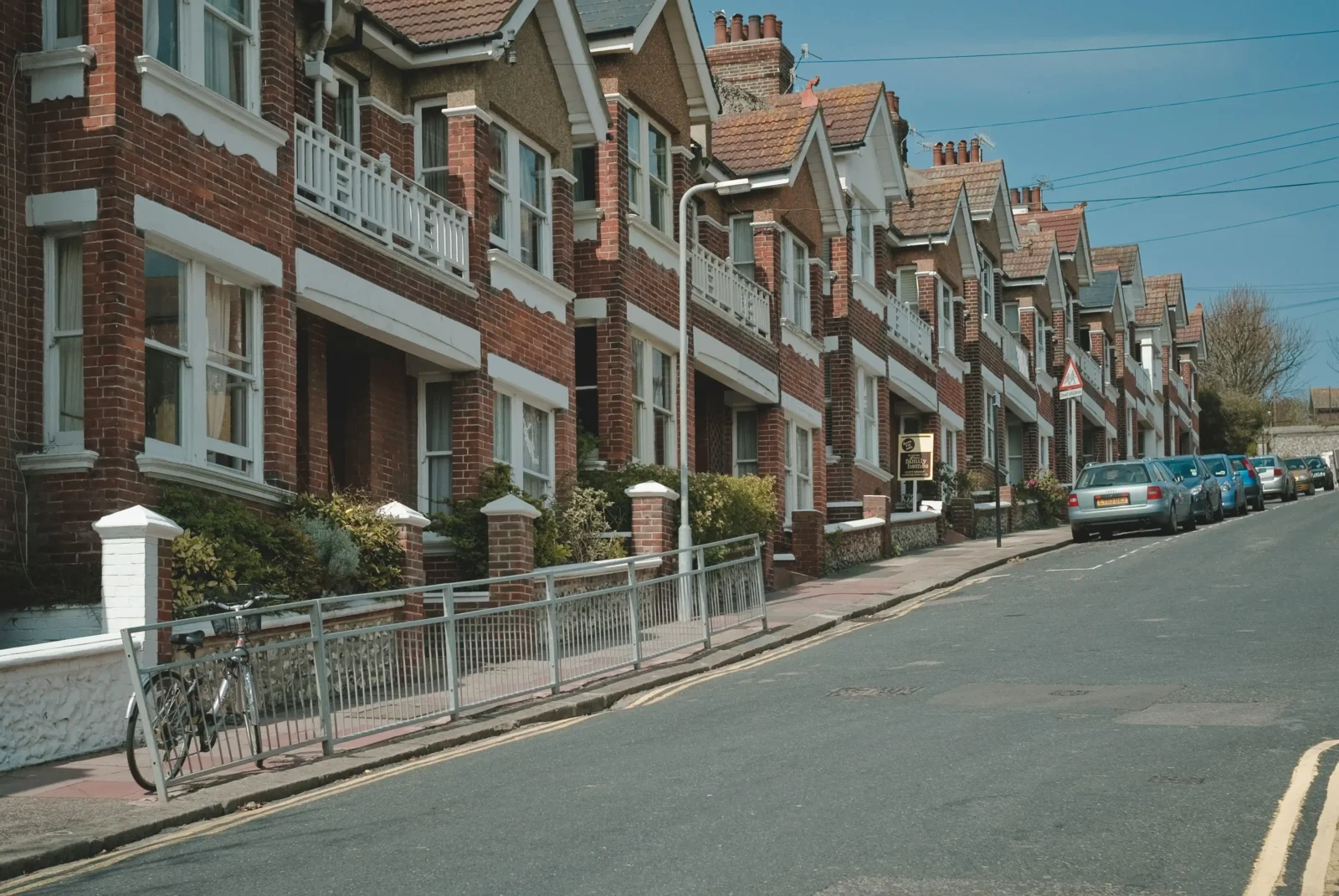- Home
- Articles
- Architectural Portfolio
- Architectral Presentation
- Inspirational Stories
- Architecture News
- Visualization
- BIM Industry
- Facade Design
- Parametric Design
- Career
- Landscape Architecture
- Construction
- Artificial Intelligence
- Sketching
- Design Softwares
- Diagrams
- Writing
- Architectural Tips
- Sustainability
- Courses
- Concept
- Technology
- History & Heritage
- Future of Architecture
- Guides & How-To
- Art & Culture
- Projects
- Interior Design
- Competitions
- Jobs
- Store
- Tools
- More
- Home
- Articles
- Architectural Portfolio
- Architectral Presentation
- Inspirational Stories
- Architecture News
- Visualization
- BIM Industry
- Facade Design
- Parametric Design
- Career
- Landscape Architecture
- Construction
- Artificial Intelligence
- Sketching
- Design Softwares
- Diagrams
- Writing
- Architectural Tips
- Sustainability
- Courses
- Concept
- Technology
- History & Heritage
- Future of Architecture
- Guides & How-To
- Art & Culture
- Projects
- Interior Design
- Competitions
- Jobs
- Store
- Tools
- More

A person’s attitude to life comprises a billion little particles. In this matter, there are no insignificant details because everything affects us. The climate we live in, the upbringing and education we receive, the country’s political state, the ability to pay bills, relationships, family, children and relatives, TV commercials, the view from the window, and songs on the radio. Our picture of life was formed from all this and many other factors. To a large extent, happiness depends on how easily they overcome troubles and face discomfort. Today, we have invented and developed many assistants for our life and work. We have personal trainers for fitness, psychologists for solving individual problems, paper writing services to help write student and research papers, and so on in every sphere.
Scientists long ago determined that people have different psychological reactions to each sphere of life. Their study has given us such fields as behavioral psychology, consumer psychology, work psychology, and even the psychology of space. We are going to talk about a field that is not widely known: the psychology of space and how architecture and visual environments affect our lives.

The Basics of the Psychology of Space
If not too complicated and does not go into terminology, the psychology of space can be defined as a field that studies the impact of the surrounding world on the person. This concept includes the surrounding space’s lighting, color, shape, and volume. Simply put, science determines how different a person feels in various environments and the differences in mood, productivity, and health effects of being, for example, in a strict office with a classical organization of workspace from an office with a free architectural arrangement and more domestic elements.
Historically, different cultures have applied the principles of space psychology in various ways. For example, Japanese architecture greatly emphasizes minimalism and harmony with nature, whereas Western architecture emphasizes functionality and aesthetics.
The Impact of Architecture on Health
It may not be immediately easy to believe, but architecture and the surrounding environment have a direct impact on human health. For example, this influence is easy to trace in northern countries, where there are practically no warm summers. In these countries, it is customary to make houses and buildings brighter to add life and shade to the color-poor northern climate. At the same time, countries where urban agglomerations are in direct contact with nature erect buildings that least disturb the natural beauty and minimally change the landscape. One of the most striking examples of such countries is Japan.
In addition, the impact of even the internal working architecture of offices and other institutions directly affects psychological and physical health. Cornell University professor Alan Hedge conducted a study that showed that employees who work in offices with access to natural light experience 84% fewer eye problems, headaches, and respiratory problems than those who work in rooms without windows. A University of Texas study found that hospital patients in rooms with a view of nature recover 10% faster and experience 22% less pain than patients whose windows overlook other buildings.
Elements of Architecture That Affect Well-Being
Space and volume
Balance and understanding the purpose of each space is very important. For example, large halls and atriums reduce feelings of pressure and claustrophobia. At the same time, smaller and more intimate spaces can create a sense of security and comfort. There have also been studies on this topic that claim that employees in open-plan offices experience 32% more stress than employees in companies that have a closed private workspace. This is attributed to open spaces’ visual and audible distractions that make it difficult to focus on work.
Color
The influence of colors is a separate field of science. We will only say that in architectural solutions, a variety of colors have their effect. For example, white color creates a feeling of safety and cleanliness, which is why it is the main choice of hospitals. For workspaces, different shades are used, but one of the most popular is light blue. According to research, it stimulates the imaginative centers in the brain and promotes creativity in the workplace.
Lighting
Natural light directly affects mood, and this is not a theory but a proven fact. Sunlight promotes the production of the so-called happy hormone and vitamins responsible for nervous function. Also, due to the amount of natural light, the inhabitants of southern countries are considered to be happier on average. This also works in the workplace. Employees with access to natural light feel more relaxed and confident in the office.

Scientists have conducted many studies and systematized information about the psychology of space before making claims about the influence of certain factors. This scientific and practical approach is inherent in all studies and surveys, like masterpapers review, where researchers have studied every aspect of the service before advising readers on using writing resources to help with student assignments.
Tips for Creating a Healthy Space
For the home
The psychology of space in home improvement is closely intertwined with design and interior science. The same principles can be followed: creating enough natural light through windows and mirrors inside the house, soft colors in the finishes, and houseplants to create extra coziness.
For the office
For workspaces, it is essential to create separate work and lounge areas so that people can switch between their senses and give their minds a rest. Natural light in work and rest areas is also crucial as it increases productivity and provides a calming effect.
Conclusion
Psychology of space is a science that at first glance seems not so critical, but after looking at the results of research and understanding the real impact of the environment on productivity, the psychological and physical health of people in this industry should pay attention and learn at least the basic principles to know how to improve their well-being and improve performance by changing the surrounding architectural space.
illustrarch is your daily dose of architecture. Leading community designed for all lovers of illustration and #drawing.
Submit your architectural projects
Follow these steps for submission your project. Submission FormLatest Posts
10 Interesting Facts About Zaha Hadid
Zaha Hadid was a visionary architect whose fluid forms, bold experimentation, and...
Online 3D Terrain Mapping Tools for Urban and Landscape Design in 2025
A curated guide to the best online 3D terrain mapping tools in...
Common Emergency Repairs Every Homeowner Should Be Ready For
For most of us, when something goes wrong, we have a propensity...
Designing, Retrofitting, and Valuing Non-Standard Homes in Britain
Britain’s housing stock carries a quiet contradiction. From the street, many homes...












Leave a comment